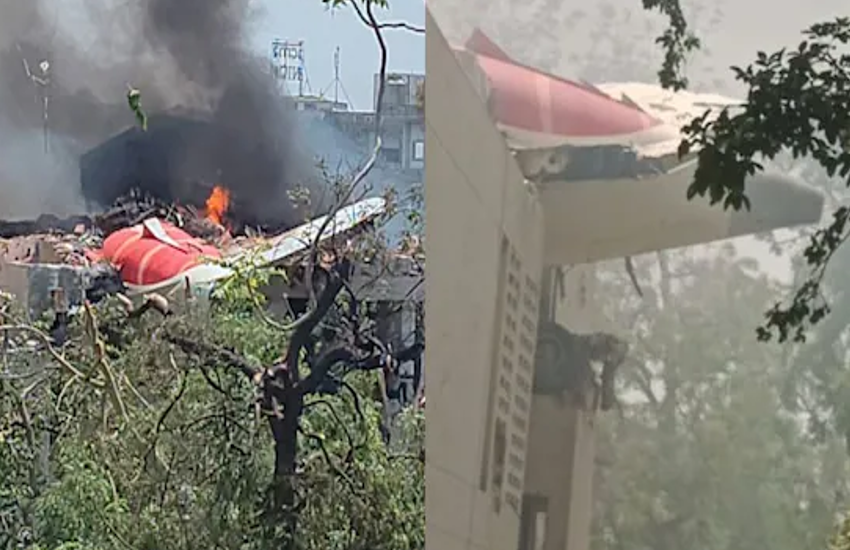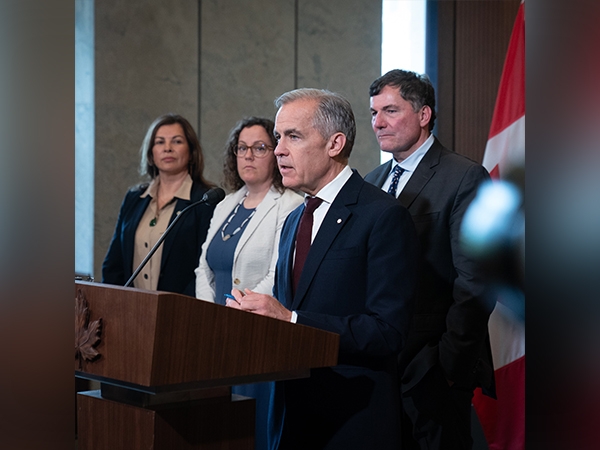Odd-even declared a flop. Here's how Delhi's air can be cleaned up

The much-publicised odd-even scheme in New Delhi was a flop. According to the National Green Tribunal, the scheme, which ran in two phases - in January and April this year - wasn't effective in reducing air pollution.
During arguments over an air pollution-related case, the Central Pollution Control Board's counsel told the NGT's Principal Bench on 18 October that the second phase of odd-even, for two weeks in April, did not significantly affect air pollution.
The NGT has now ordered the Delhi government to convene a meeting to decide what other steps can be taken to deal with air pollution in the national capital, which worsens in the winter season.
IIT Kanpur study's findings
This echoes the CPCB's own view after the scheme's first phase in January. Analysing pollution levels before and during the odd-even scheme, the CPCB had said that "no clear trend and wide fluctuations" in air quality pointed to sources of pollution other than vehicles. The CPCB had relied on an IIT Kanpur study, which found that only about 20% of the city's air pollution was caused by vehicular emissions.
The main pollutant affecting Delhi's air quality is particulate matter - PM10 and PM2.5, with the number indicating the diameter of the particle in microns. PM2.5 is the deadlier of the two, and can enter the bloodstream.
According to a study by IIT Kanpur, nearly 56% of PM10 and 38% of PM2.5 was from road dust. Biomass burning - that is the burning of dry leaves or wood - contributed up to 26% of the pollutants, the study said. The other contributors were the incineration of municipal waste, diesel generator sets and industries and thermal power plants in and around Delhi.
Biomass burning is already banned in the national capital, by order of the NGT, with municipal corporations imposing fines up to Rs 1 lakh. Construction activities, including for the Delhi Metro, have also been on the NGT's radar.
Shut down thermal power plants
These orders need to be implemented strictly by the NGT and the Central and state governments, said Sunil Dahiya, campaigner at Greenpeace India. Quoting the IIT Kanpur study, Dahiya said industries and thermal power stations as far as 300 km away were also responsible for Delhi's air quality.
"Before the Beijing Olympics, officials visited such pollution sources a hundred km away from Beijing, and convinced them to either reduce their activities or use cleaner fuel. In Delhi, too, the problem requires such strong action," Dahiya said.
"Industries and thermal power plants are important sources of pollution, but they are never spoken about. Even last year, the Delhi government tried shutting down the NTPC thermal power station in Badarpur, but didn't succeed," he added.
Many other short terms measures, besides shutting down of the Badarpur plant, were proposed by the Delhi government last year. These included asking the NGT to shut down the Dadri power plant in Uttar Pradesh, and vacuum cleaning Delhi's roads to reduce dust.
The former never happened, and the latter plan fell through because of lack of interest in the tender from private companies. The government is restarting the vacuum cleaning now.
Short-term measures won't do
But perhaps the solution lies less in immediate measures than in prior planning.
"We don't believe in very short-term measures, because they are not sustainable. We need to think in the medium term," said Sumit Sharma, fellow at The Energy and Resources Institute (TERI).
These solutions can include emission trading schemes for industries, which have been tried in Tamil Nadu, Gujarat and Maharashtra, and can be introduced in industrial clusters operating outside Delhi's borders.
Agricultural residue burning in farmlands around Delhi can be dealt with by getting the government to collect the residue and convert it into energy, Sharma added.
Within vehicular pollution, too, there is much more than the Delhi government can try, such as demarcating low emission zones in the city, where vehicles can enter only by paying a congestion charge, Sharma said.
Edited by Shreyas Sharma
More in Catch
Odd-Even no solution: Pollution actually increased from last year
Isn't it odd? Even Kejriwal kept quiet on Art of Living damage
First published: 19 October 2016, 10:25 IST





![BJP's Kapil Mishra recreates Shankar Mahadevan’s ‘Breathless’ song to highlight Delhi pollution [WATCH] BJP's Kapil Mishra recreates Shankar Mahadevan’s ‘Breathless’ song to highlight Delhi pollution [WATCH]](https://images.catchnews.com/upload/2022/11/03/kapil-mishra_240884_300x172.png)

![Anupam Kher shares pictures of his toned body on 67th birthday [MUST SEE] Anupam Kher shares pictures of his toned body on 67th birthday [MUST SEE]](https://images.catchnews.com/upload/2022/03/07/Anupam_kher_231145_300x172.jpg)






